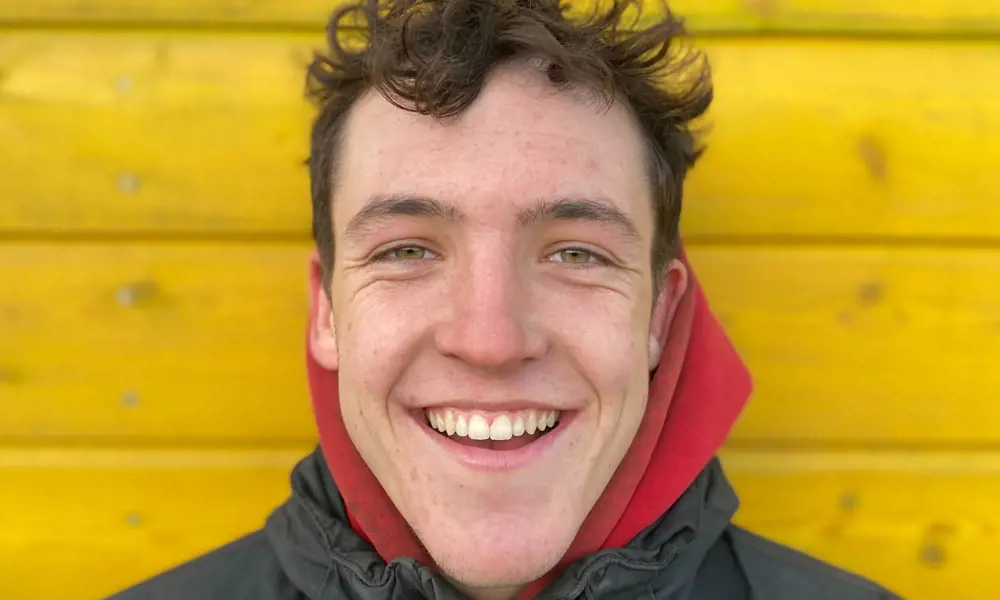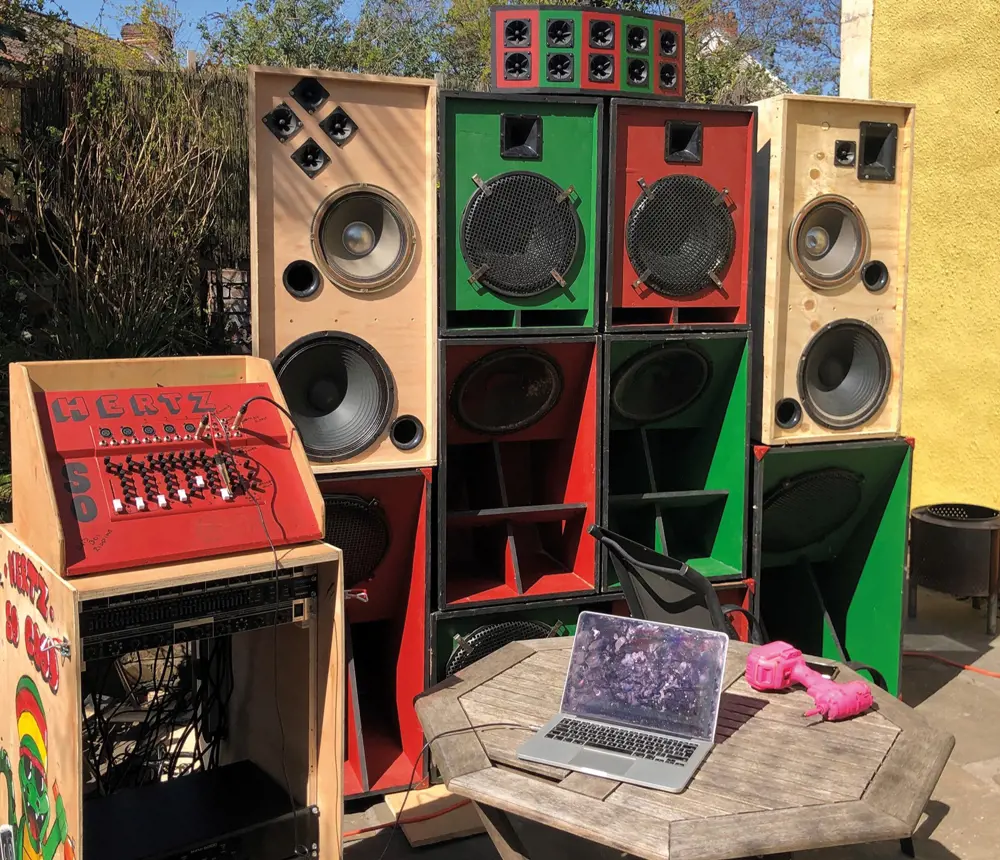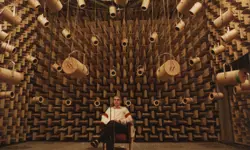
Q&A: Stan Jones
Why did you first become interested in science/engineering?
I can’t remember when I first became interested in engineering. I’ve always loved making stuff and being practically minded. As a child my house was always being renovated so I was accustomed to construction processes such as timber framing, plastering, electrical work, and plumbing. For my 14th birthday I gave my parents a list of timber to get for me so that I could build my own workshop in the garden, complete with work benches and some tools I’d saved up to buy. I mainly started with woodworking but over time my skills broadened, and I got into fixing electrical items such as electric scooters and I designed and built a disc sander. When I was 15, I started working at my local adventure playground doing all the structural repairs and general maintenance work. I couldn’t believe you could get paid for fixing stuff!
How did you get to where you are now?
I got to where I am now through that very playground I started working at – St Pauls Adventure Playground. The playground had been burnt down and John O’Driscoll, the Founder and Director of APES, came to rebuild it (and make it better!). He spotted me doing some repairs and came to offer me a job alongside going to school. Working with APES, we dismantled the burnt structure and built in its place a huge treehouse that was eight metres from the ground with climbing nets and a climbing wall entrance. Since then, I’ve worked with them every minute I could, and was offered a place to leave school to live and work in London for APES, engineering playgrounds!

Stan working on a playground installation
What has been your biggest achievement to date?
My biggest achievement would probably be being promoted to project manager at APES after two years and taking on my own design and engineering projects with a small team of engineers. I am proud to have been given that role and thankful to APES for providing it.
What is your favourite thing about being an engineer?
My favourite thing about being an engineer is the problem-solving. I’ve always been in love with maths and so quick thinking and effective teamwork make me happy at work.
What does a typical day involve for you?
I get up at about 6.00am, head to work for 8.00am, start at the workshop, and crack on with whatever project we have on at the time. Currently, we are fabricating 150 Gabion planters [sturdy metal basket filled with rocks] to make Parklets, miniature parks that provide spaces for people to interact, to rest, for children to play, for greenery, bike parking, and other community uses, in north west London. My role within the company is to designate jobs, ensure we have the required materials, employ quality control measures and, most importantly, keep everyone happy at work. APES’ approach is to enhance the local environment by working with natural features and encompassing them in our designs. We encourage new planting, work to sustain local wildlife and either build around or incorporate existing trees into play structures without causing them harm. We also recycle and reuse all sorts of materials to give them new life in the playgrounds – including pianos! We also make sure to involve children and the local community in all our projects, so that they can have real ownership of the sites. I am also always happy to jump in and help out to get things done on time and efficiently!
Quick-fire facts
Age:
18
Qualifications:
GCSEs, AS maths, Engineering BTEC
Biggest engineering inspiration:
Elon Musk
Most-used technology:
carpentry/fabrication
Three words that describe you:
laid back, organised, and motivated
What would be your advice to young people looking to pursue a career in engineering?
Find an apprenticeship or first job where you can learn a lot from the people around you. Decide what you love about engineering and search to find that in a company.
What’s next for you?
My next project is to take over APES and become managing director! Just kidding! I just took my home-made sound system to Shambala festival to create a youth stage. I’m currently working on maintaining the sound system and adding parts to it. It’s called ‘Hertz So Good’ and I designed and built it in my home workshop at the start of lockdown. It runs at about 11 kilowatts and is about 2 metres by 2.5 metres at face dimensions. Then we’ve got a new playground to build in St John’s Wood, London. It requires us to go down as a team and dismantle the existing rotten structures and put in its place brand new, thrilling ones.

The ‘Hertz So Good’ soundsystem that Stan built for Shambala festival
***
This article originally appeared in the print edition of Ingenia 92 (September 2022).
Keep up-to-date with Ingenia for free
SubscribeRelated content
Arts & culture

How to maximise loudspeaker quality
Ingenia asked Dr Jack Oclee-Brown, Head of Acoustics at KEF Audio, to outline the considerations that audio engineers need to make when developing high-quality speakers.

Engineering personality into robots
Robots that have personalities and interact with humans have long been the preserve of sci-fi films, although usually portrayed by actors in costumes or CGI. However, as the field of robotics develops, these robots are becoming real. Find out about the scene-stealing, real-life Star Wars droids.

Design-led innovation and sustainability
The Stavros Niarchos Foundation Cultural Center, the new home of the Greek National Opera and the Greek National Library, boasts an innovative, slender canopy that is the largest and most highly engineered ferrocement structure in the world.
The technology behind ‘The Tempest'
William Shakespeare’s The Tempest is a fantastical play that features illusion and otherworldly beings. Discover how cutting-edge technology, such as motion capture and sensors, has brought the magic and spectacle to life on stage.
Other content from Ingenia
Quick read

- Environment & sustainability
- Opinion
A young engineer’s perspective on the good, the bad and the ugly of COP27

- Environment & sustainability
- Issue 95
How do we pay for net zero technologies?
Quick read

- Transport
- Mechanical
- How I got here
Electrifying trains and STEMAZING outreach

- Civil & structural
- Environment & sustainability
- Issue 95